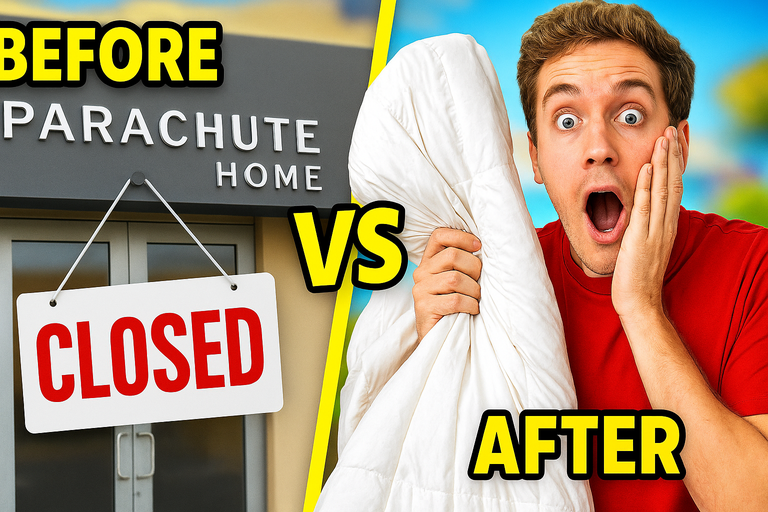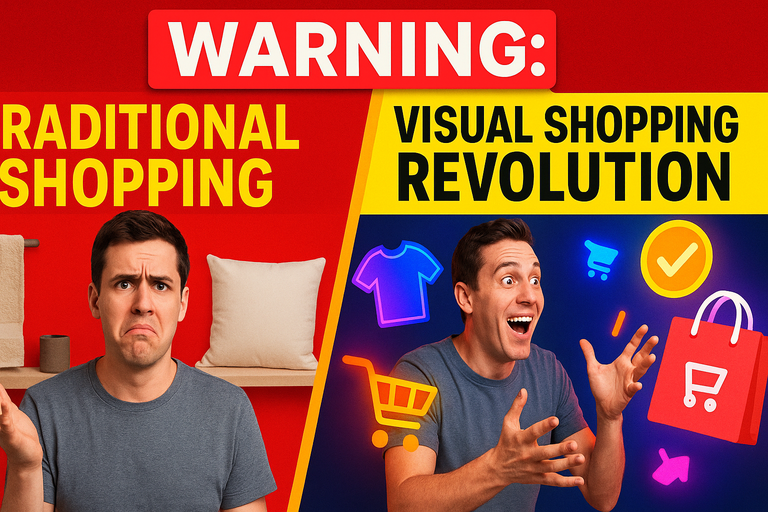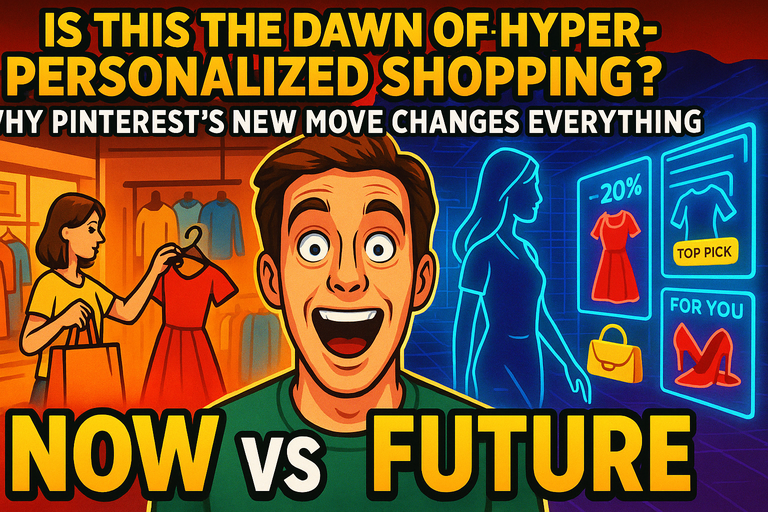
Could a bedding brand’s brick-and-mortar retreat predict the next big wave in how we all shop online? You might be surprised.
Earlier this month, Parachute Home—a darling of the DTC bedding world—quietly closed 19 of its physical stores. In a candid confession, their CEO admitted, “We overreached.” Instead of doubling down on expensive retail spaces, Parachute is now bet big on ecommerce and retail partnerships. (Business Insider) After years of brands fighting for a slice of the in-store experience pie, why are so many bowing out of physical retail? And—more importantly—what does that mean for you, the digital shopper who just wants to know if that duvet actually looks good in your bedroom?
Let’s pull back the sheets (pun intended) on a much larger shift happening beneath the surface of online shopping. Spoiler: It’s all about personalization—and the tech that powers it.
The Dream of “Try Before You Buy”
Remember strolling through a store, feeling fabrics, holding products? Today, that’s a luxury—or a relic. As more brands like Parachute Home double down on online-first strategies, the age-old problem of online shopping is coming into sharp focus: Can you really trust that product image before you click “Add to Cart?”
Consumers are craving a deeper sense of connection and realism before buying—especially for big-ticket or personal items. So why did Parachute’s physical stores fall short? Well, it’s complicated, but one thing is certain: Even in 2025, shoppers still want to “see themselves” with a product. Only now, they expect to do it from their couch.
The Solution? A New Era of Visual Personalization
Here’s where things get exciting. While many retailers are scaling back physical locations, they’re quietly investing in next-gen visualization tools—the kind that do more than just show a static photo.
Consider this: Imagine shopping on Amazon for a new pair of sunglasses. Instead of guessing if they’ll suit your face shape, you simply drag a selfie, and—voilà!—you see yourself wearing them right there in the product photo. Sound futuristic? It’s not. It’s already here.
One standout example is XP9’s personalized preview extension. This Chrome extension lets you insert your own images directly into Amazon product photos—think trying on clothes, seeing yourself holding gadgets, or picturing that kitchen appliance right on your countertop. It’s as close as you can get to “real-life try-on” without ever leaving your browser.
Unlike other tools like AMZ Downloader or Amazon GlowUp, XP9 offers that extra layer of customizability and simplicity—no degree in computer science required. As a result, more shoppers feel confident about their choices, reducing those dreaded “expectation vs. reality” disappointments and cutting down on unnecessary returns.
Why This Trend Is Here to Stay
Let’s be real: The novelty of clicking through endless product images wore off years ago. Today’s e-shoppers want:
- A personal connection with products before they buy
- Tools that are easy to use (no fiddly uploads or complicated AR setups)
- The ability to visualize products in their environment, not a model’s or a showroom’s
- Confidence that what they see is what they’ll actually get
Retailers who recognize this shift—and invest in visual personalization tools—are already winning. Parachute Home’s pivot to ecommerce is part of a much bigger wave: a world where shopping is less about wandering aisles and more about seeing ourselves in the products we want.
What’s Next for Shoppers?
So where does all this leave you? Whether you’re shopping for bedding, tech gadgets, clothes, or cookware, here’s how to stay ahead:
- Seek out brands and tools that offer personalized previews. If an online store lets you see the item “on” you or “in” your space, you’re less likely to regret your purchase.
- Experiment with add-ons like XP9 for a more engaging shopping experience. Even if you’re not tech-savvy, it’s designed for everyone.
- Stay curious about new tech: The next breakthrough might be just a browser extension away.
Final Thoughts: Will Stores Ever Matter Again?
The Parachute Home story is more than just a tale of retail miscalculation—it’s a wake-up call for the entire industry. As virtual experiences become richer and easier to use, expect more brands to shift their focus (and budgets) towards building the best possible digital cart for you.
The next time you’re about to hit “Buy Now,” ask yourself: How could a bit more personalization change your entire shopping experience? If you’re already visualizing yourself with your next purchase—congratulations. You’re living in the future of ecommerce.
What do you think—could personalized previews entirely replace the need for physical stores? Let us know in the comments below or try XP9’s interactive preview tool and see for yourself!


